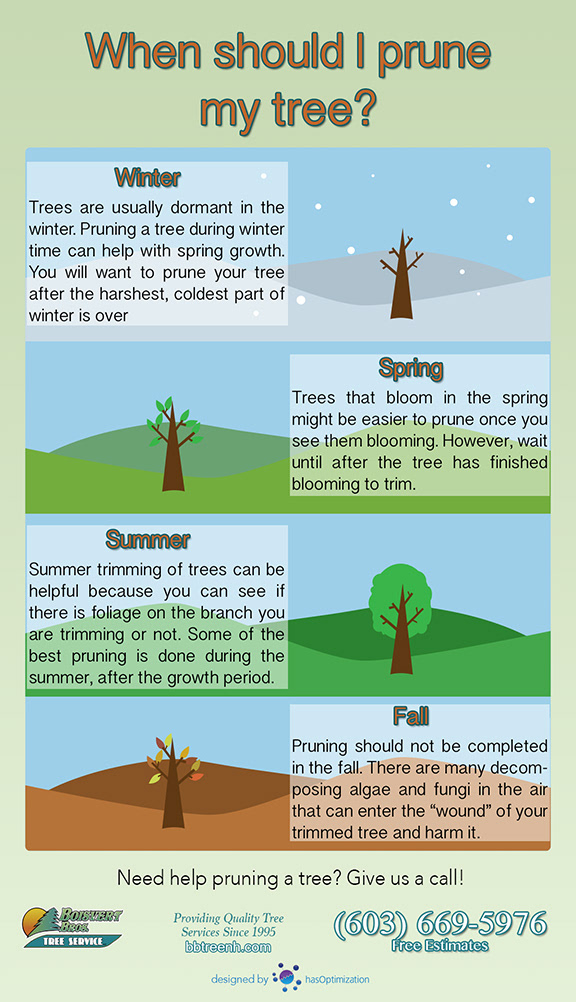Post-Tree Elimination Support: How To Effectively Recover Your Landscape
Post-Tree Elimination Support: How To Effectively Recover Your Landscape
Blog Article
Write-Up By-Nunez Als
After a tree's elimination, your landscape may look quite different, and it's important to analyze the after-effects very carefully. Trim A Home Shenandoah Pine Tree 'll wish to assess the soil disturbance and examine surrounding plants for any indicators of stress. Disregarding these factors can result in larger issues down the line. So, what should you finish with those stumps and roots? And exactly how do you pick the best plants for your revitalized area? Allow's check out these vital actions.
Analyzing the Consequences: Assessing Your Landscape
After a tree removal, it's important to evaluate your landscape to understand the effect it has on your lawn.
Beginning by analyzing the area where the tree stood. Search for indications of soil disturbance, and examine the surrounding plants for any kind of anxiety or damage.
You need to likewise remember of just how the elimination has actually altered sunlight exposure and airflow in your yard. Pruning Plum Trees Youtube can affect the growth of neighboring plants, so it's important to examine their wellness.
Take into consideration the aesthetic aspects as well; the elimination might create an open space that you can revamp.
Lastly, consider any kind of possible disintegration problems that could emerge from the tree's absence. Dealing with these factors early will aid bring back equilibrium to your landscape.
Taking care of Stumps and Roots: Choices for Removal
When you have actually assessed the consequences of the tree removal, you'll likely require to deal with the stump and roots left.
You have a few alternatives for elimination. One efficient method is stump grinding, where a specialist makes use of an equipment to grind the stump down to below ground degree. This method leaves very little disturbance to your landscape.
If you prefer a DIY technique, you can utilize a combination of excavating and chemical stump cleaners. Simply remember, this process can take time and initiative.
Conversely, think about leaving the stump as a natural attribute, which can serve as a special yard aspect or environment for wild animals.
Whatever you select, dealing with the stump and origins is important for restoring your landscape.
Choosing the Right Plants for Your New Area
As you evaluate your newly removed space, choosing the right plants can considerably improve your landscape's beauty and performance.
Start by considering the sunshine and soil problems. For sunny locations, select drought-resistant plants like lavender or succulents. In shaded areas, brushes and hostas thrive well.
Consider the size and growth behaviors of your plants; mix perennials and annuals for seasonal selection. Don't forget to integrate indigenous varieties; they require much less upkeep and support neighborhood wild animals.
Team plants in strange numbers for an extra all-natural look and produce layers for visual depth.
Lastly, guarantee you have a mix of colors and structures to maintain your landscape vivid throughout the periods.
Satisfied planting!
Final thought
In conclusion, restoring your landscape after tree removal is a satisfying procedure. By assessing the results, dealing with stumps and roots, and selecting the right plants, you'll develop a successful environment. Tree And Brush Removal Near Me fail to remember to integrate erosion control measures to shield your dirt. With a little initiative and care, you can transform your area right into a lively yard that boosts your residential or commercial property. Welcome the chance to invigorate your landscape and delight in the appeal of nature right in your yard!
